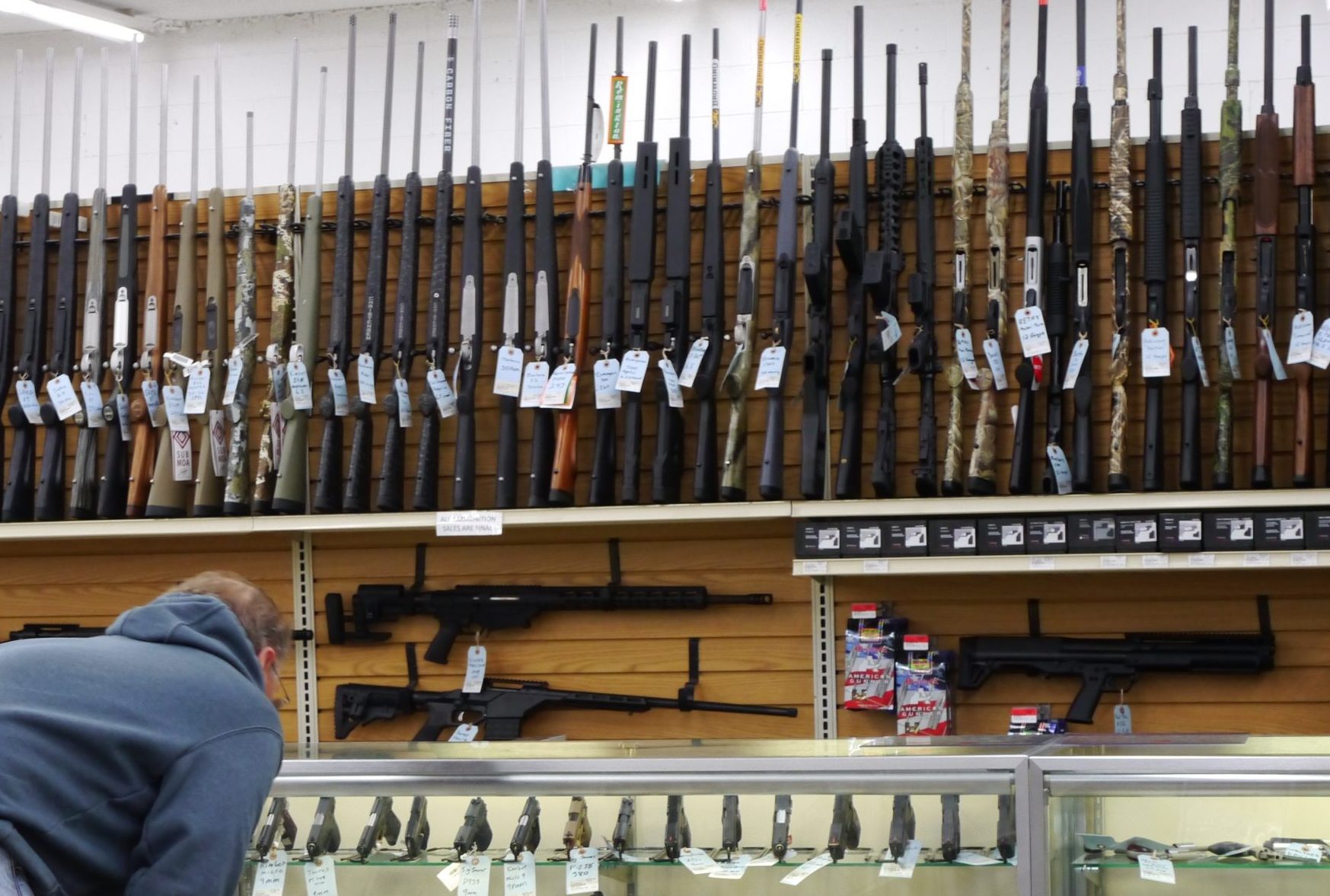
Vicky Arias, FISM News
[elfsight_social_share_buttons id=”1″]
The Department of Justice (DOJ) on Wednesday announced the release of an expansive report from the Bureau of Alcohol, Tobacco, Firearms, and Explosives (ATF) detailing gun crime data from 2017 to 2021.
The report, requested to be compiled by Attorney General Merrick Garland, is the first of its kind in more than 20 years. It comes at a time when Democrats in the federal government, and some states, look to expand firearm restrictions.
ATF Director Steven Dettelbach explained that the new report will help lawmakers in their pursuit of more sweeping gun legislation.
“This report provides more information on America’s crime guns than has ever been compiled in a single publication,” Dettelbach said. “The comprehensive, and unprecedented, compilation of data in this report is intended to provide strategic insight to law enforcement, policymakers, and researchers as they work to reduce and prevent gun violence.”
Two data points in the analysis reported that 46% of guns used in a crime were recovered at crime scenes within three years of being purchased and that gun trafficking is significantly tied to the personal theft of individual firearms. According to the Justice Department, from “2017 to 2021, there were 1,023,538 firearms stolen from private citizens, [and] these private thefts [made] up 96% of all firearms reported stolen during that time period.”
The report also showed that there had been a 570% increase during that same time period in the recovery of devices used to convert semi-automatic guns into fully-automatic firearms.
Additionally, in part three of the analysis, data reflects that requests by law enforcement to trace a gun used in a crime saw its “largest single-year increase” from 2020 to 2021, a year marked by violent protests.
In June 2022, President Biden signed legislation allowing courts to petition to temporarily take guns away from persons believed to have a mental illness, expanded background checks for individuals who are between 18 and 21 looking to buy a gun, and precluded individuals convicted of domestic battery in a romantic relationship from owning a gun for at least five years.
The National Rifle Association (NRA) voiced opposition to the measure.
“This legislation can be abused to restrict lawful gun purchases, infringe upon the rights of law-abiding Americans, and use federal dollars to fund gun control measures being adopted by state and local politicians,” the NRA stated in 2022 in response to the legislation’s passing.
Similarly, California, Colorado, New Jersey, New York, and others have instituted stricter gun laws.
In Illinois, Gov. J.B. Pritzker recently signed legislation “banning the sale and distribution of assault weapons [and] high-capacity magazines.”
As many Democratic governors look to broaden gun restrictions, they have instituted a soft-on-crime approach to criminals. The New York Post reported in November that “Manhattan District Attorney Alvin Bragg … downgraded more than half his felony cases to misdemeanors.” Additionally, since 2014, California has operated under Proposition 47, a measure that downgraded many crimes to misdemeanors in the state.
As the Justice Department highlights the data on criminals’ usage of firearms, statistics on defensive gun use (DGU) is not as readily available.
As reported by The Trace, “the number of DGUs … is hard to pin down [as] law enforcement agencies don’t typically classify DGUs as a standalone category. The FBI tracks justifiable homicides, but states aren’t required to submit those figures, so the data is incomplete.”
According to an opinion piece in the Washington Times, “existing research has consistently shown that the number of annual defensive gun uses vastly exceeds criminal uses.”
